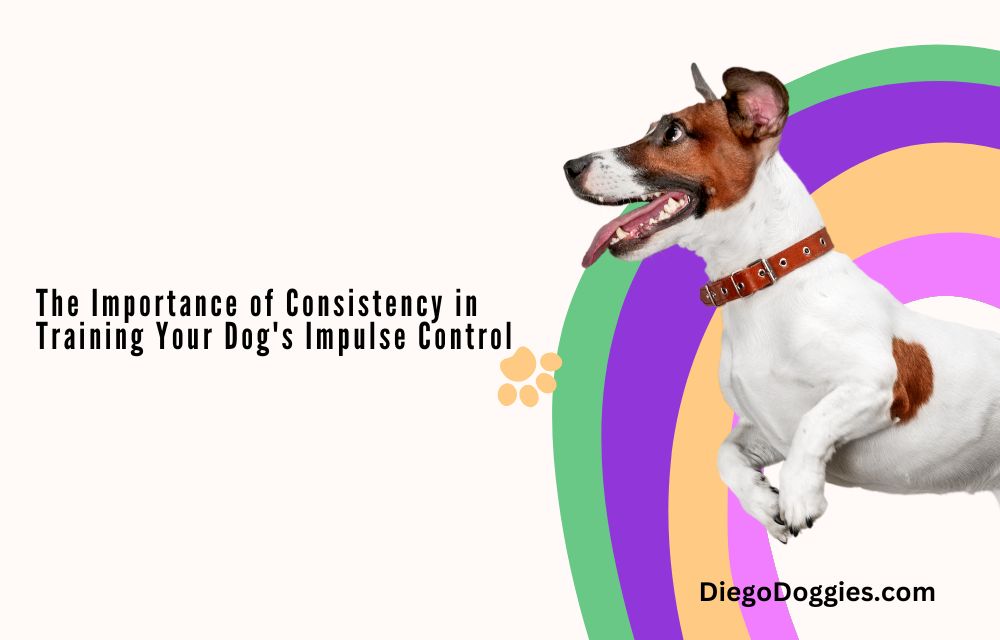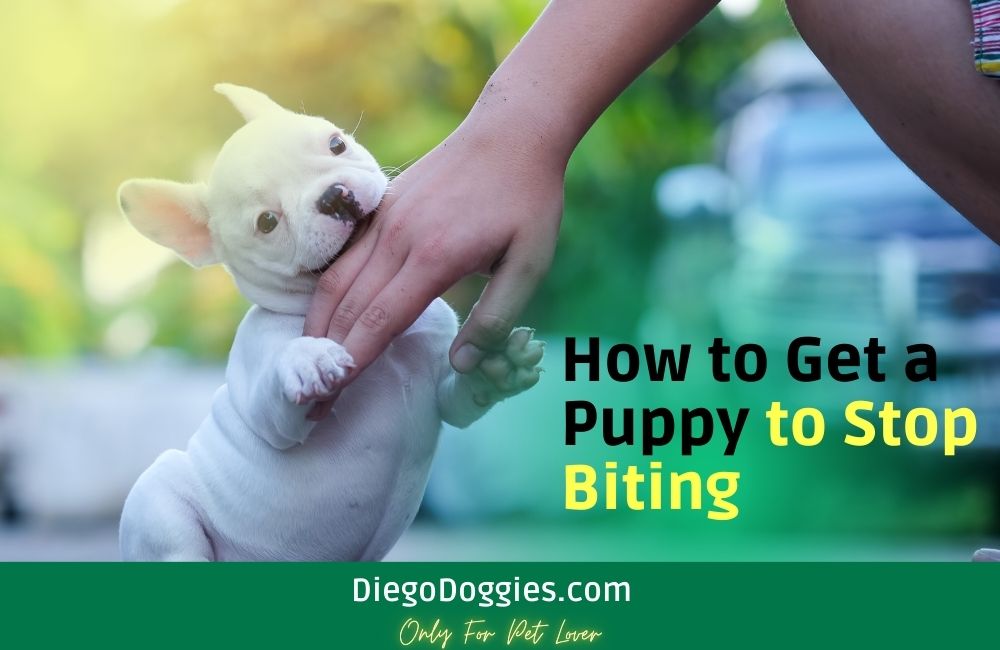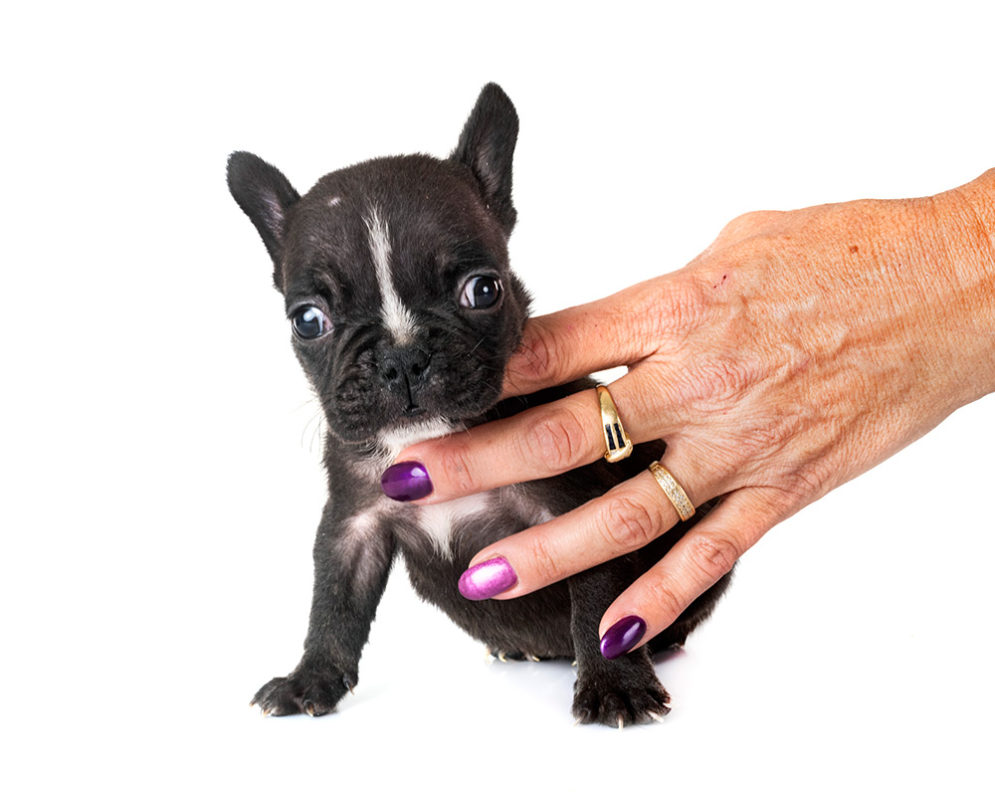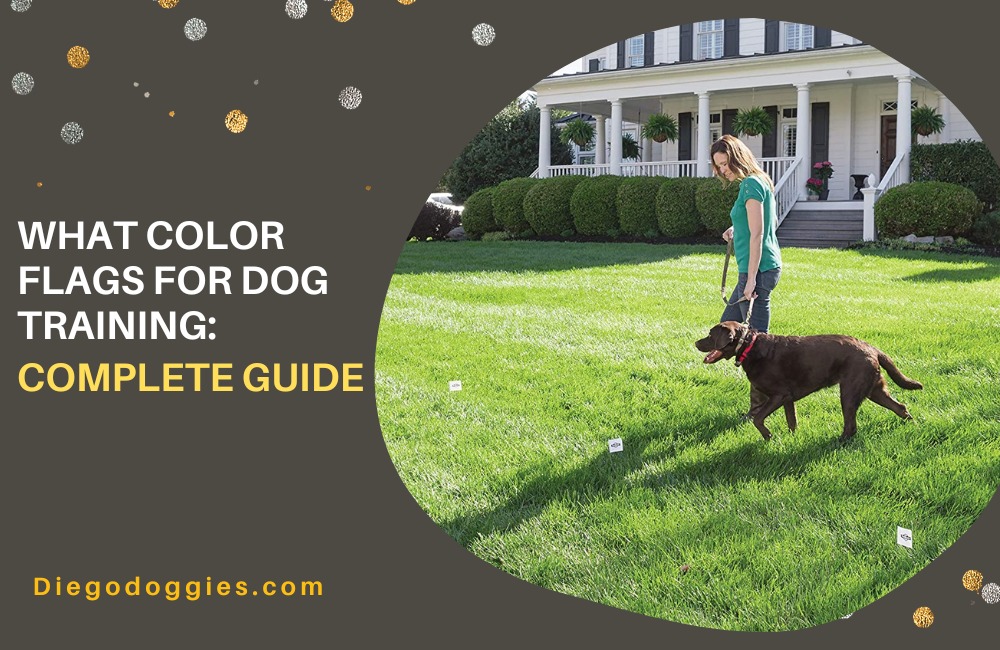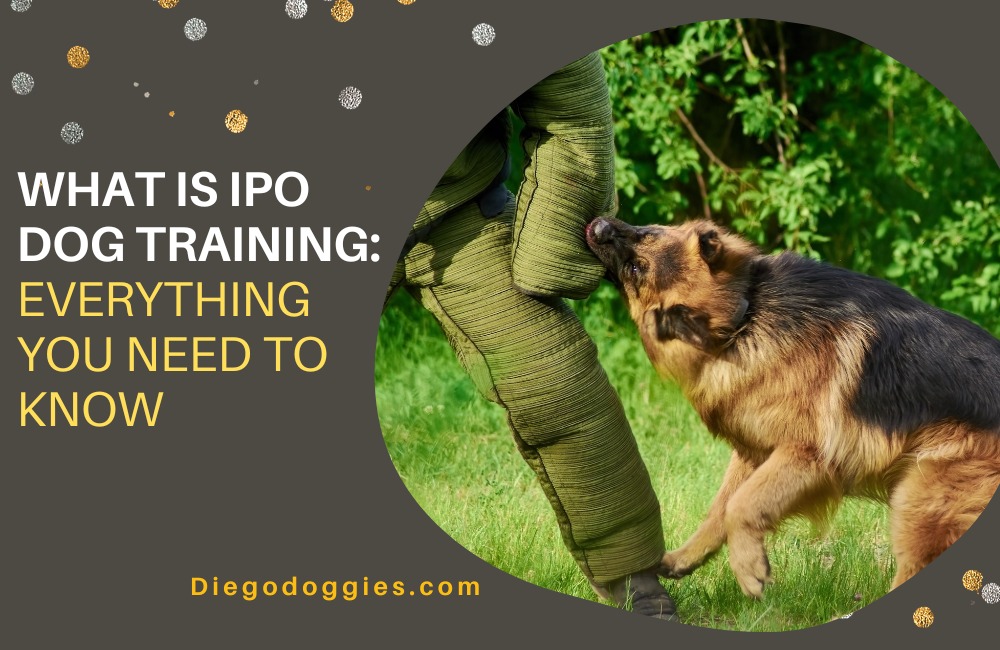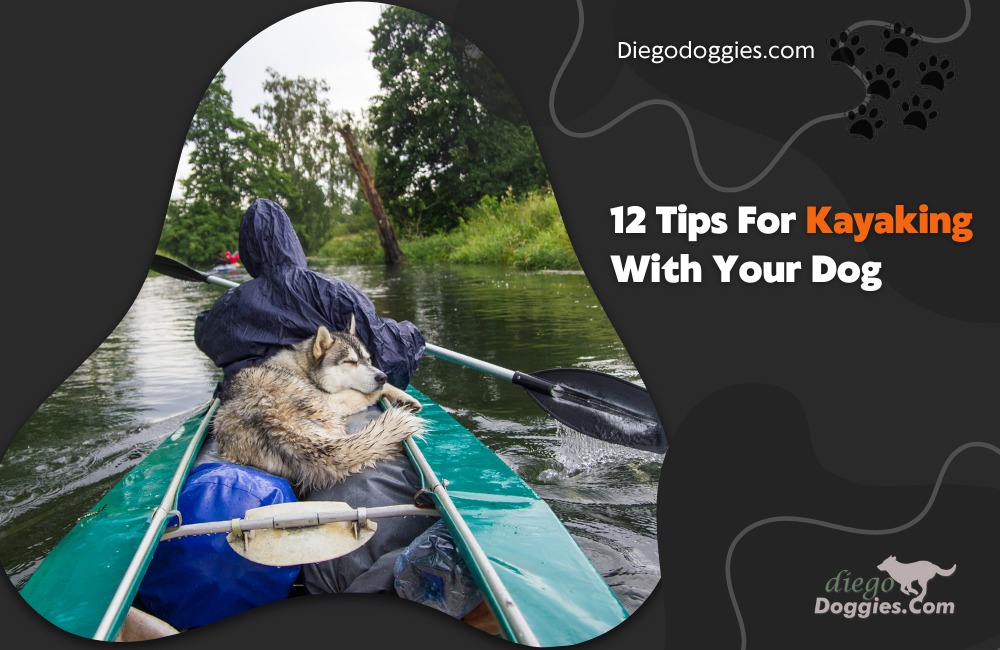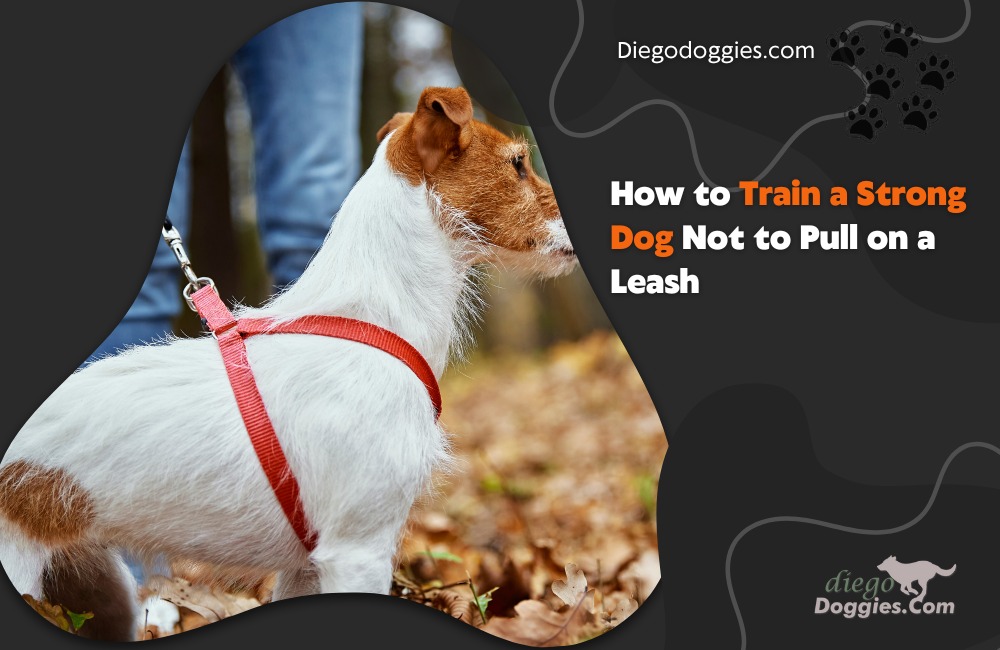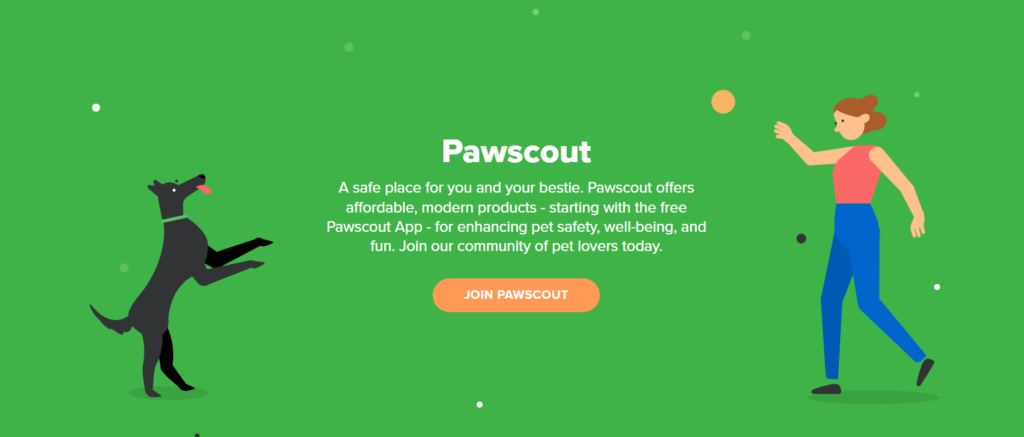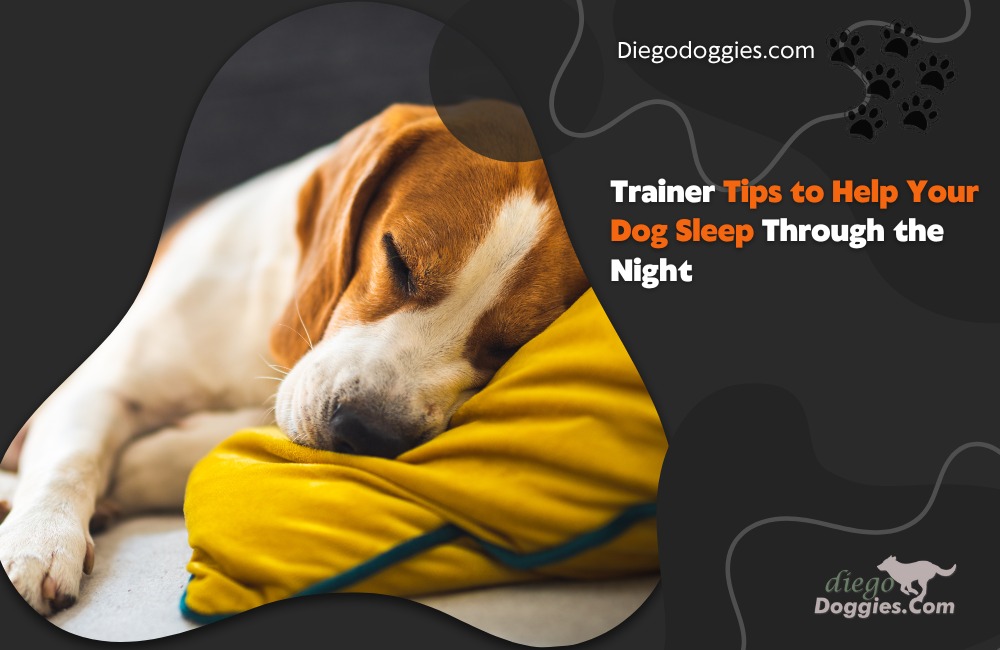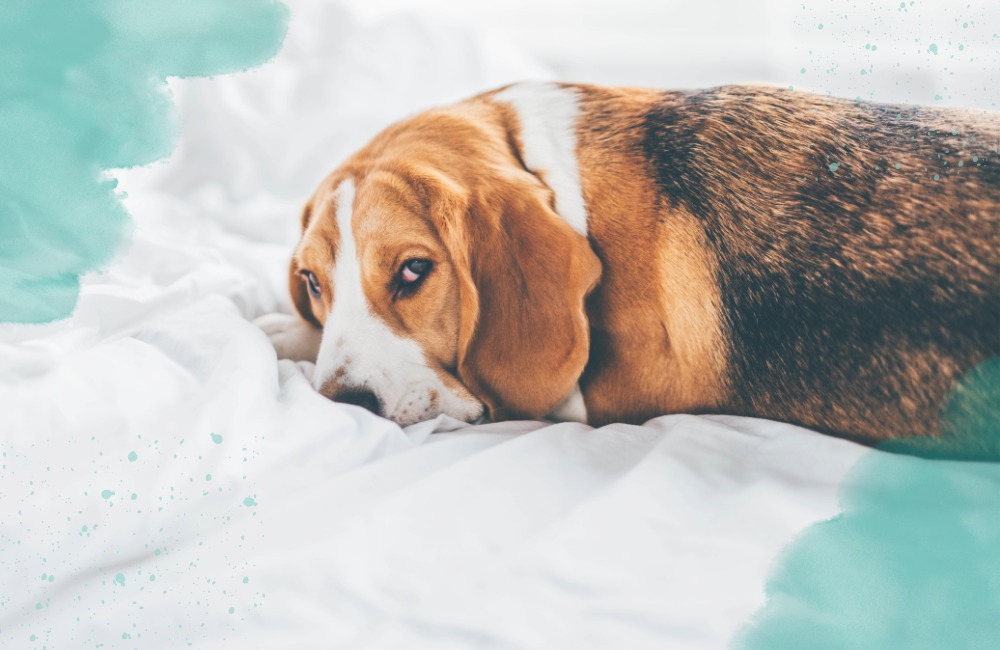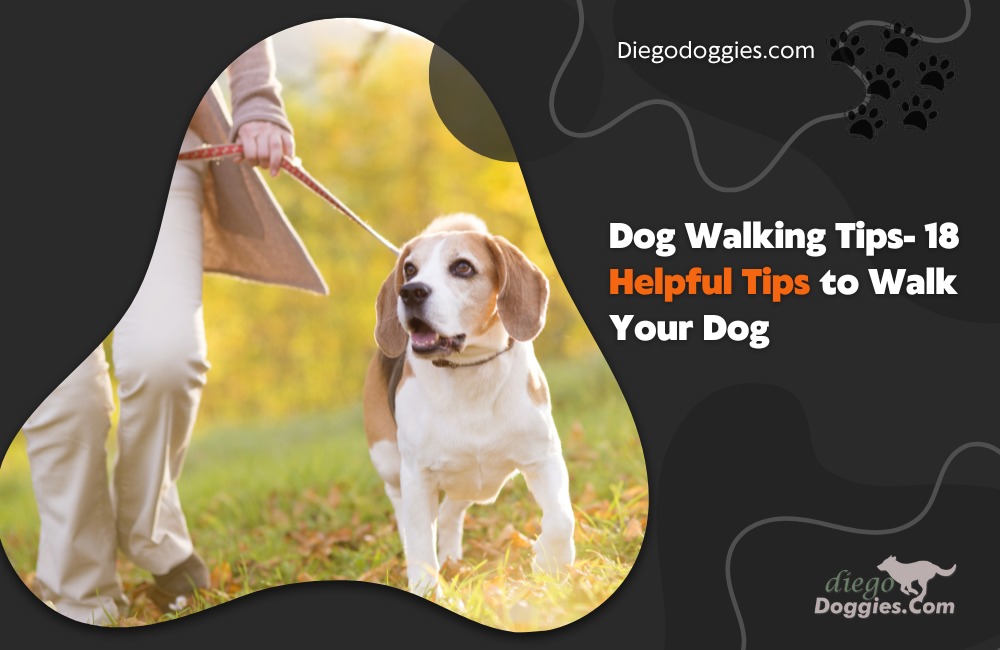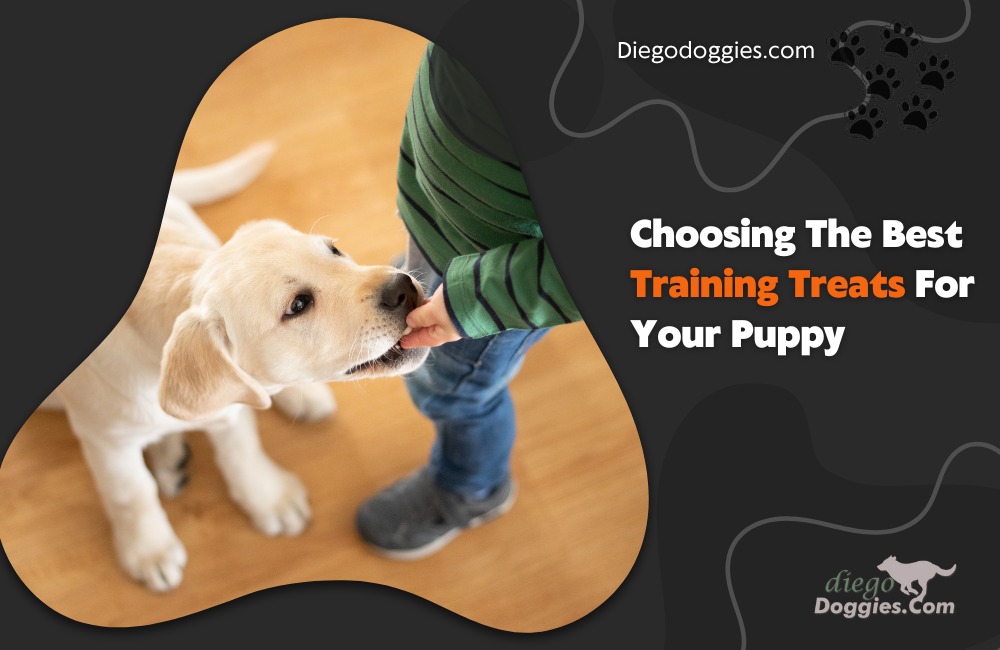Dogs are beloved members of our families, but they also have natural impulses that can lead to destructive behavior if not trained. Impulse control refers to a dog’s ability to resist its natural urges and follow commands from its owners. It is an essential part of dog training that can improve their obedience, problem-solving skills, and overall behavior.
Consistency is critical in impulse control training, as dogs thrive on routine and structure. This article will discuss the importance of consistency in training your dog’s impulse control and provide tips for achieving and maintaining it.
Benefits of Consistent Impulse Control Training
There are many benefits to consistent impulse control training for dogs. Here are some of the most important ones:
1. Improved obedience: When dogs understand their owner’s rules and boundaries, they are more likely to obey commands consistently. Training your dog’s impulse control reinforces these rules and helps dogs understand what is expected of them.
2. Better problem-solving skills: Dogs with reasonable impulse control are better able to think before acting, which can improve their problem-solving abilities. They are less likely to act impulsively in challenging situations and more likely to respond to commands from their owner.
3. Reduced anxiety and stress: Dogs with poor impulse control can become anxious and stressed when they cannot act on their impulses. Consistent impulse control training can help reduce anxiety and stress by giving them a clear understanding of what is expected of them.
4. Increased bond with your dog: Consistent impulse control training requires regular interaction between dogs and their owners, which can strengthen their bond. This training can be a positive experience for dogs and owners, leading to a closer relationship.
Overall, consistent impulse control training can help dogs become better-behaved and happier members of their families.
Steps to Achieving Consistency in Impulse Control Training
Achieving consistency in impulse control training can be challenging, but the following steps can help:
1. Establishing clear rules and boundaries: The first step in achieving consistency in impulse control training is to develop clear rules and boundaries for your dog. Make sure your dog knows what behaviors are acceptable and what behaviors are not.
2. Using positive reinforcement: Positive reinforcement in dog training is an effective way to train dogs and encourage good behavior. Use treats, praise, and other rewards to reinforce and discourage bad behavior.
3. Training frequently and consistently: Consistent training is essential for success in impulse control training. Train your dog often, ideally every day, and keep training sessions short and focused.
4. Avoiding mixed signals and conflicting commands: Consistency is crucial in impulse control training. Avoid giving your dog mixed signals or conflicting commands, which can confuse them and lead to inconsistent behavior.
By following these steps, you can establish a solid foundation for impulse control training and increase your chances of success.
Conclusion
Consistent impulse control training is essential to dog obedience training, which can improve obedience, problem-solving skills, and overall behavior. It requires establishing rules and boundaries for dogs, using positive reinforcement, exercising frequently and consistently, and avoiding mixed signals and conflicting commands.
However, there are common pitfalls to avoid, such as inconsistency in rewards and consequences and failure to adapt training to the individual dog’s needs. To maintain consistency, it is essential to stay patient and persistent, create a structured routine for training, keep training sessions short and focused, track progress, and adjust training as needed.
Following these guidelines can help your dog become a better-behaved and happier family member.
Related Contents
- 12 Tips For Kayaking With Your Dog
- 14 Basic Dog Obedience Training Commands for Dogs
- 14 Easy Ways to Exercise Your Dog: Fun and Effective Methods
- 8 Therapy Dog Training Tips: How to Train Your Dog
- Choosing The Best Training Treats For Your Puppy
- Dog Walking Tips- 18 Helpful Tips to Walk Your Dog
- How Much Does Dog Training Cost? A Comprehensive Guide
- How to Get a Puppy to Stop Biting
- How to Make Crate Training Easy for Your Puppy
- Train a Big Dog: Tips for Effective Obedience Training
- Train a Strong Dog Not to Pull on a Leash
- Train Your Dog to Roll Over in 7 Easy Steps
- Important Essential Training Tools for Dogs
- Running Safely With A Dog
- San Diego Dog Park Safety Tips, Training, and Dog Accessories
- Seven Top Tips: How to Train Your Dog to Hunt
- Trainer Tips to Help Your Dog Sleep Through the Night
- What Color Flags for Dog Training- Complete Guide
- What is IPO Dog Training: Everything You Need to Know

